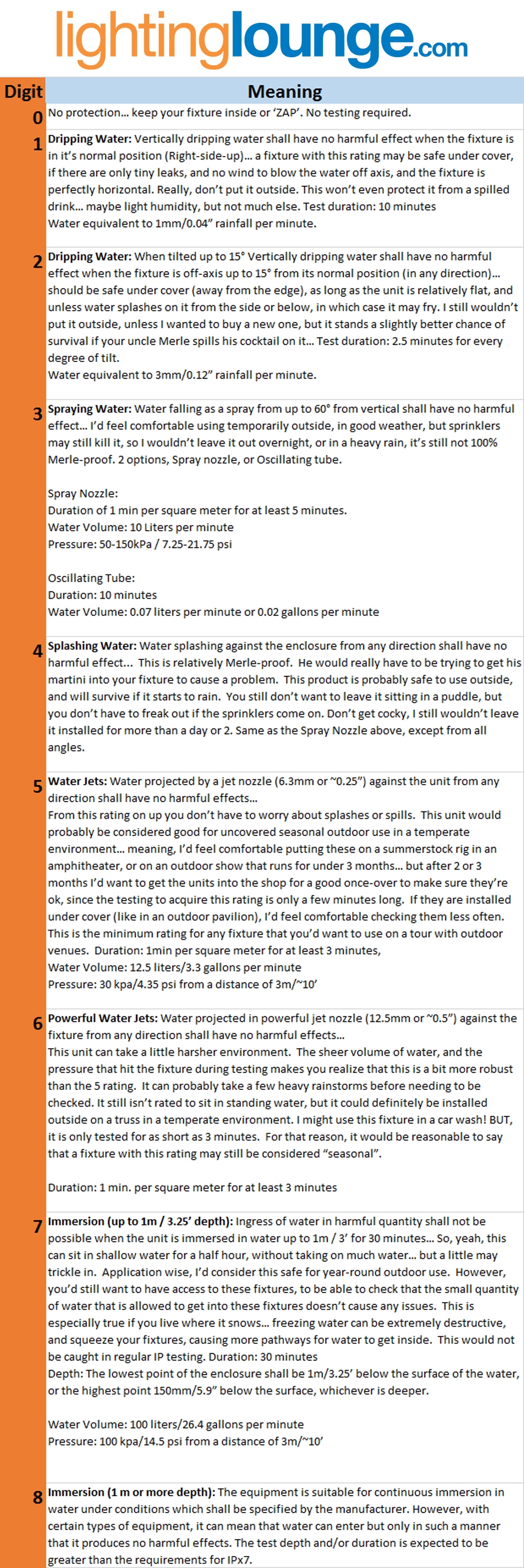UPDATED: IP Ratings Explained

What does the "IP" in a fixture's IP rating mean?
IP stands for Ingress Protection. Basically, this is a way of being more specific than saying "water resistant" when describing the degree of protection against intrusion into a fixture by foreign bodies. Foreign bodies can be anything from fingers and toes, to dust, and even can include water or other liquids. When you see a lighting fixture with an IP rating, you will see the letter IP followed by a two digit number. As an example, an electrical outlet may have an IP rating of IP21. This means it is protected from you being able to put your fingers into it, and a slight drip of water from directly above should not damage it. Whereas the COLORado 1 SOLO is rated IP66, and would be safe to use outdoors during a heavy rainstorm. The actual code is dictated in IEC standard 60529, which is published by the International Electrotechnical Commission (IEC).
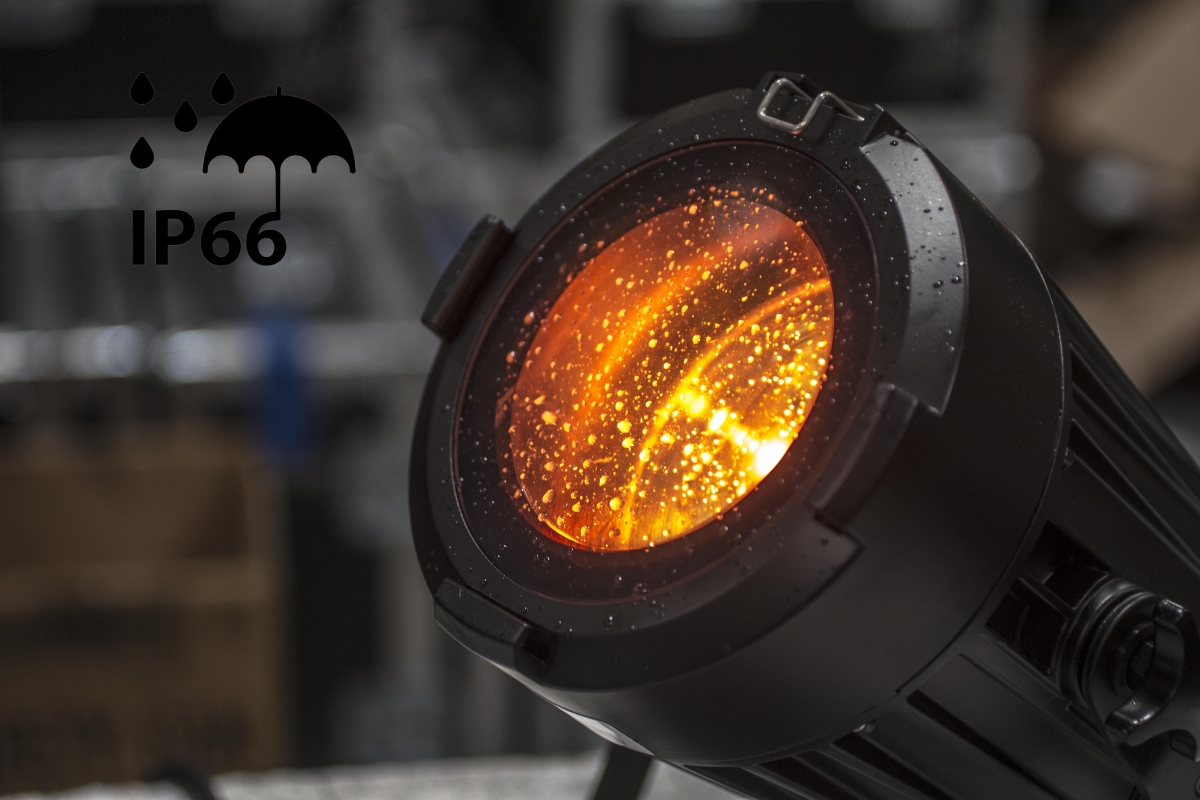
What does the number after the IP mean?
Actually, the numbers have 2 meanings. The first digit (0-6) corresponds to direct access to the mechanical or electronic parts by a solid (like your hand, a bird building a nest, or even tiny particles like sand or dust). The higher the number, the more protection is offered. For instance, if you have worked at a summer theater, and had to clean a bee hive out of your fixtures or PA, it's because the first digit of the fixture's IP rating was too low (0-).
Similarly, the 2nd digit (0-9) is the protection level against liquid intrusion. This varies from no protection (0), to water dripping from above, all the way up to protection against high power jets from all angles and even immersion. One important note… Unlike the physical barrier in the first digit, the ratings of the 2nd digit beyond 6 are not cumulative. This means that a fixture that can be immersed in shallow water (IPx7) may not stand up to the water jets specified in IPx5 or 6.
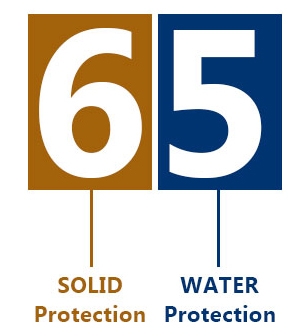
It's important to note that these Ratings are specific to the tests that are done… But they may not exactly correspond to real-world conditions. For instance, a lot of people assume that if a fixture has an IP65 rating, they can install it on the outside of a building, in Minnesota. I mean, if it's sealed against dust, can stand up to water jets it sounds like it should be able to hold up under pretty much any weather conditions… NOT SO FAST. An IP rating has nothing to do with weather conditions. Nowhere does it specify freezing, or extreme heat, or resistance to mechanical impacts (like an angry stagehand). An IP65 rating means that dust can't enter, and that water from a spray nozzle hitting the fixture at 4.5 psi for 3 minutes won't harm the fixture. That's it… for the type of environment that you can expect the fixture to survive in, you need to read the manual.
A good example is our Iluminarc line. The Ilumipod 18g2 IP have a rating of IP67. Beyond that, we specify that the fixtures are intended for permanent outdoor installations, and we list "wet location" under the environment. So, a customer can fully expect these units will survive all sorts of weather and can be installed on bridges, and building exteriors safely as long as they are properly installed.
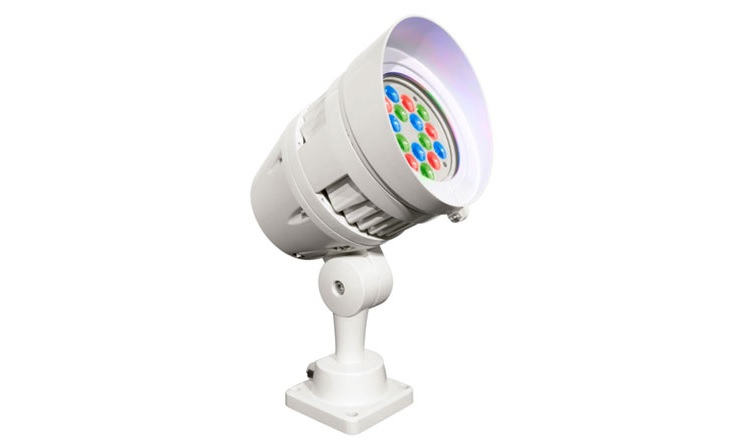
How are IP ratings determined?
The manufacturer specifies the IP rating. When Chauvet Professional develops a fixture that may be used outdoors, we do IP testing both at the factory and have it done by the independent labs where we get our product certifications, like MET, CE, UL, CSA, etc. In fact, we do far more extensive testing than is required by the IEC, as we know that we are the ones that are going to be held accountable by our customers.

Why is the IP rating important?
An IP rating gives the end user the knowledge of what environment a fixture is intended to be used in. For instance, a media server may have an IP20 rating… that tells the operator that they had better have cover at their FOH position, or else trigger the media server remotely, even if the video panels that the server is feeding content to are IP65, like our PVPX6IP.
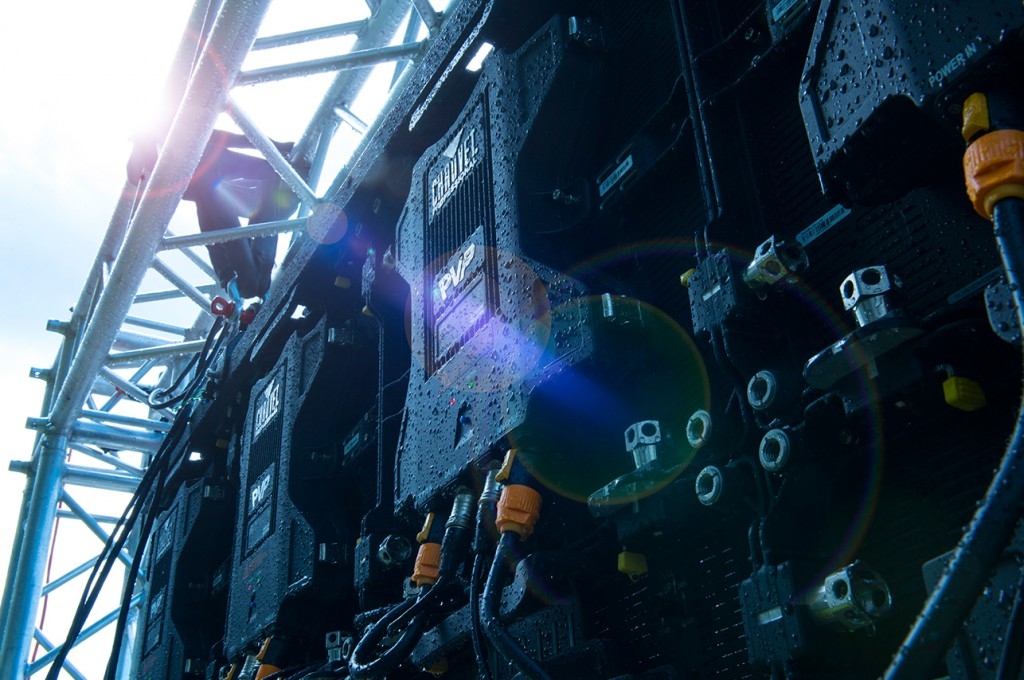
The IP65 rating is used as a benchmark for outdoor usage. Why is that?
IP65 is the minimum level of protection for water jets being sprayed from all sides. Many people consider it safe to assume that if a fixture is protected against water jets, that is will do fine in an outdoor environment. Others have just been exposed to marketing that says "Outdoor rated IP65 connections". It is important to note that IP65 may be sufficient for a fixture to tour in an environment where it is exposed to weather, but taken down periodically, but may not be suitable for a fixture intended to be installed, and not touched for the next few years.
Are there other important numbers in an IP rating that we should be aware of?
In terms of ingress protection, there are additional letters that may appear after the two-digit rating that may be used in some instances. However, these are not typically used in the lighting industry. These include further letter designations relating to the first digit: A-D for hand, finger, tool, and wire respectively. And the letters K, f H, M, S, and W to denote protection against High Pressure or High Temperature water jets (K), Oil resistance (f), a High voltage device, a device that was Moving during water testing, and a device that was Still during the water test.
If I buy used gear, how can I tell what it's IP rating is?
Read the manual, and check the specification sticker.
Does the IP rating cover just the lamp or LED light source or does it also cover other parts of the fixture?
It depends on the fixture. For most LED lighting fixtures, the whole fixture is covered. However, read the manual closely. There are some video wall products from other manufacturers that are "IP65 from the front, and IP54 from the rear". Make sure to read the product specifications closely.
Do IP ratings apply to video panels and controllers as well as light fixtures?
Yes and no. Each of these components will have its own IP rating, and they may not necessarily be the same. For instance, as referenced above, a video panel may have an IP rating of IP65, but the controller may only be rated IP 20. This means that the controller will need to be located indoors. Also, there are a number of fixtures on the market which have IP ratings dependent on the cables plugged into them. For instance, the COLORado 3 SOLO is IP65 rated when IP rated DMX cables are used. If non-rated cables are used, the IP rating would decrease accordingly.
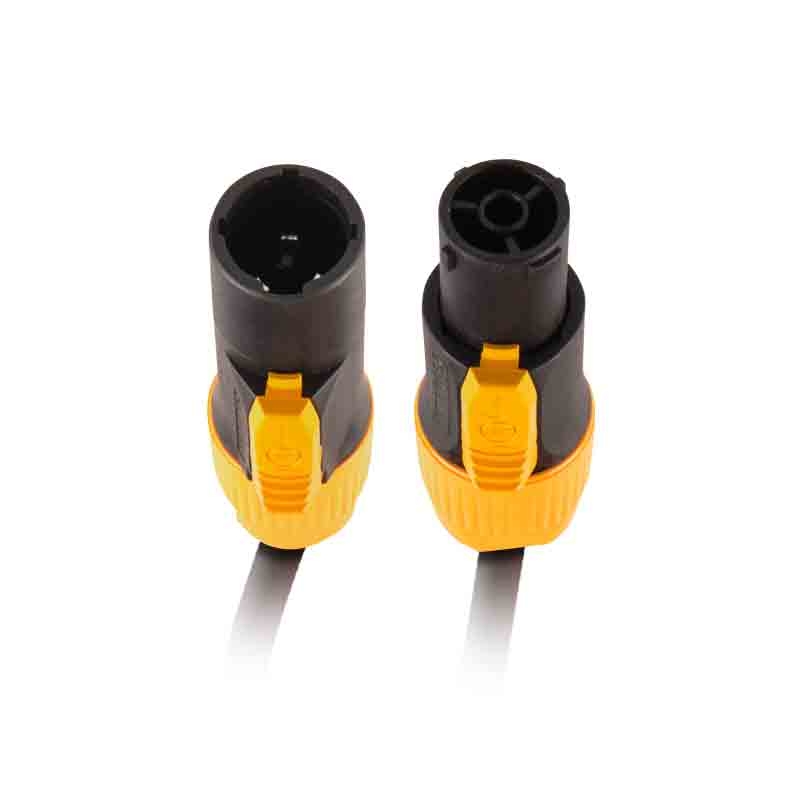
Are more fixtures being made with IP 65 ratings?
Again, yes and no. Many end users like having the ability to use their fixtures outdoors, without worrying about the weather. However, making a fixture IP65 has costs. The housings are more expensive, special seals are used, the power and data connectors are more expensive, and there are even pressure equalizing valves used in most IP fixtures from Chauvet Professional. In the case of Video Walls, the brightness needed for an indoor application is approximately 1/5 the brightness required for the video to look good under direct sunlight. All of these things come at a cost. Customers don't want to pay for a feature that they are unlikely to use. So, you will still see products rated for both indoor and outdoor use manufactured by Chauvet Professional, and other manufacturers.
Click here or on the image below for a full size image of our IP Rating Chart
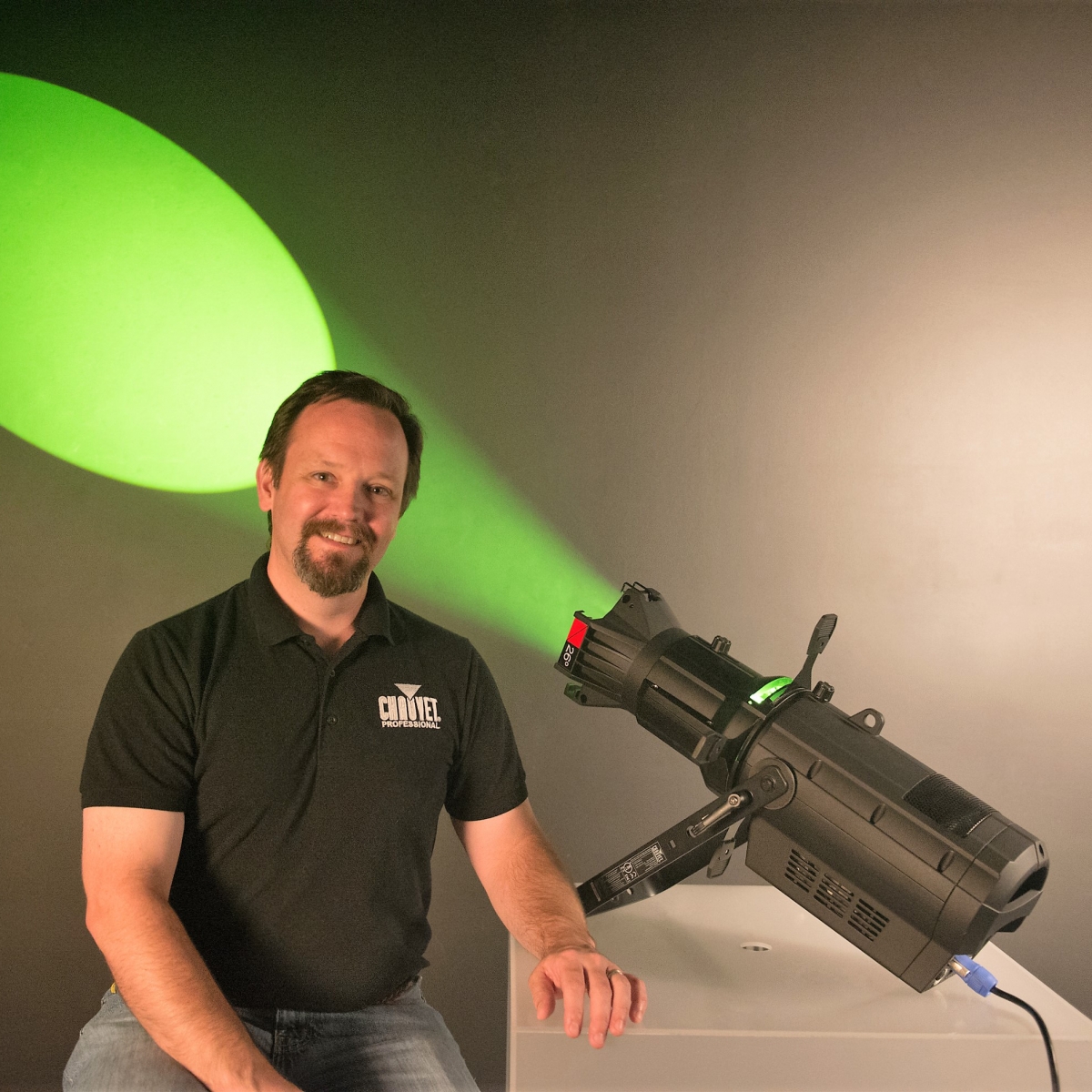 | Ford Sellers is the senior product manager of CHAUVET Professional. The upstate New York native joined Chauvet early in 2010. Prior to becoming part of the Florida-based lighting company, he spent nine years as the master electrician for the Department of Theatre, Film, and Dance at Cornell University. Previously, he was assistant lighting director at MGM Grand Productions. |

